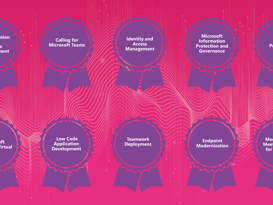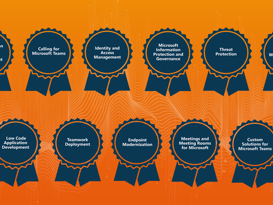Bug Bounty as a Service
A 100% protection against attackers is not possible. Reducing risk is therefore all the more important. To achieve this, companies often conduct one-time tests such as penetration tests or assessments. Such traditional security testing approaches are usually fragmented, often with the background of being “compliant” with a regulation or management requirement.
Bug bounty programs enable continuous and more comprehensive transparency. Ethical hackers deliberately attack exposed systems, look for vulnerabilities and configuration errors, and are rewarded for their findings.
The Problem
The Solution
How Bug Bounty as a Service works
Together with Bug Bounty Switzerland, isolutions provides a Resilience Shield under which several companies are protected. The described compensation for ethical hackers as well as all handling with the hackers is ensured by Bug Bounty as a Service.
The global network of ethical hackers receives the customer’s root domain and becomes active.
Once a critical vulnerability is found, the customer is removed from the program to ensure that the available compensation is not completely depleted. The detected vulnerabilities are monitored by the isolutions Cyber Defense Center and communicated to the customer within an SLA, including actionable recommendations.
The following services are included in the offering
-
Continuous test coverage until a vulnerability is found (hacker activity throughout the entire contract period)
-
Reporting of discovered vulnerabilities within 48 hours by the Cyber Defense Center
-
Concrete remediation recommendations provided by the Cyber Defense Center
-
Guidance in deriving preventive measures from the identified vulnerability (billed separately)
-
Quarterly reports on hacker activity (number of activities and duration)
Benefits
52% more vulnerabilities found compared to conventional scanners
scanners and tools are only as effective as they are configured and applied.
Lower cost
for continuous test coverage or critical vulnerabilities compared to traditional security testing methods.
Continuous improvement of security maturity
If hackers do not find any vulnerabilities, you know your systems are securely configured. If hackers do find a vulnerability, it can be remediated quickly.


























